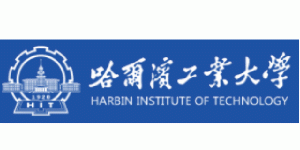











Editor's Note
Human Factors Engineering Tips
Human factors engineering objective: safe, efficient and pleasant to use
Intelligence for Good, People First
Man adapts to machine, steering adapts to man
Constructing a large platform for interdisciplinary cross-parenting
Company Profile















































